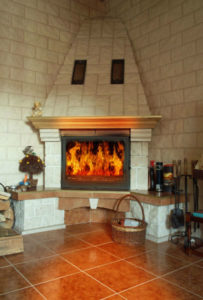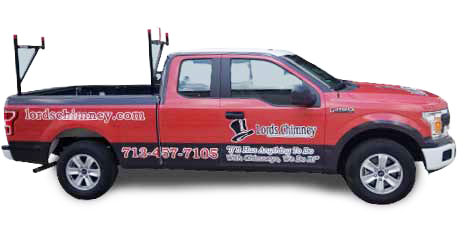 When temperatures outside drop, it is often harder to get a fire started in your fireplace; even after starting it, smoke may blow back into the room for several minutes until drafting regulates. Caused by a phenomenon known as a cold fireplace, this occurs when the air temperature in the flue is too cold to create proper drafting.
When temperatures outside drop, it is often harder to get a fire started in your fireplace; even after starting it, smoke may blow back into the room for several minutes until drafting regulates. Caused by a phenomenon known as a cold fireplace, this occurs when the air temperature in the flue is too cold to create proper drafting.
However, there are a number of ways that homeowners can start fires in a cold fireplace. The following five tips will help you better start a cold fireplace – and use your fireplace safely all season long.
Buy the right firewood
The kind of firewood you use can have a major impact on how efficiently your fires burn, how much heat they produce, and how much smoke they give off. Homeowners should only use seasoned hardwood in indoor fireplaces. While it may seem tempting to cut down a tree and immediately use the logs in a fire, freshly cut wood can be bad for your fireplace; the high moisture content leads to fires with lots of smoke that produce low flames and heat.
Fully open the damper
Many homeowners mistakenly believe that keeping the damper partially closed makes starting a fire easier. However, the opposite is often true; keeping the damper partially or fully closed causes more smoke to back up into your home as it cannot fully draft. Keeping the damper open while starting the fire allows fresh air to be drawn it, making it safer for you and your family while kindling ignites. In addition, dampers should remain open until the fire has completely extinguished.
Warm the flue
Because the flue is open to the outside, the air temperature inside is often significantly colder than the air in the firebox. This difference in air temperature can make it difficult to ignite a fire or cause smoke to blow back into the room when a fire is lit in a cold fireplace. This phenomenon occurs when the cold air in the flue drops as heat from the fire rises. This can cause a blowback of smoke, soot, ash, and gas into your home. Warming the flue can help prevent this; before igniting the wood or main logs for the fire, light and hold a small bunch of newspaper, twigs, or other kindling directly under the open damper for several minutes. The small amount of heat produced by the kindling will warm the air in the flue without producing enough smoke to cause a blowback of cold air.
Learning how to start a fire in a cold fireplace can help you enjoy a warm fire on even the most frigid days. However, if after following these tips you still have problems with smoke, drafting, or starting a fire, you may need professional help. Contact Lords Chimney today for more information on how to get the most out of your fireplace, even when starting it cold.

